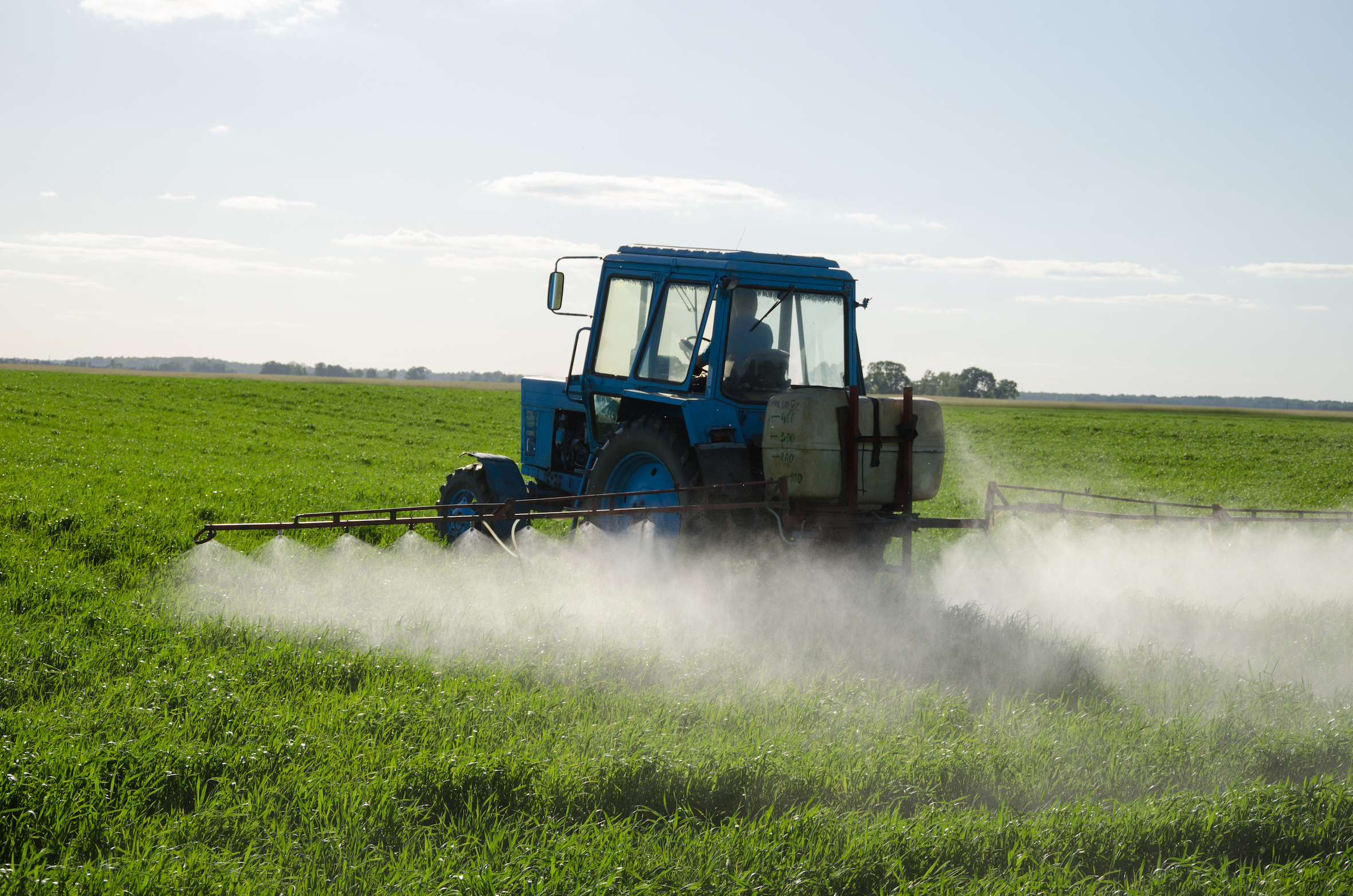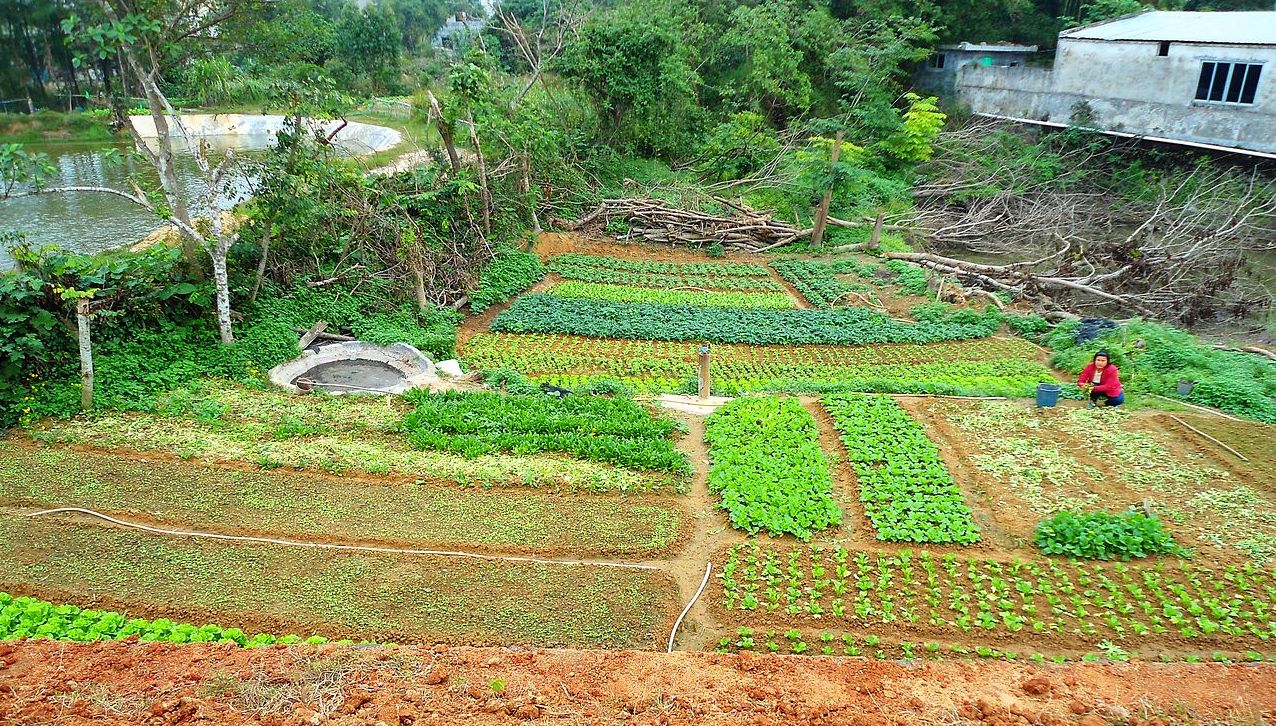
Sciences & Technology
The power of recycled poo

Overuse of agricultural chemicals is taking a toll on health and the environment in China, and small farm size is a big part of the problem
Published 19 June 2018
China is the world’s largest consumer of agrochemicals, using more than 30 per cent of global fertilisers and pesticides on only nine percent of the world’s cropland.
This has caused enormous damage to the environment and to human health locally, regionally and globally.

From excess nutrients entering water bodies causing algal bloom (eutrophication), to the formation of harmful PM2.5 particles in the air and greenhouse gas emissions (global warming); it presents immense challenges for agricultural sustainability, now and in the future.
Our recent study suggests that small farms in China are more likely to overuse chemicals than larger farms, and farm size has remained very small in China despite its strong economic growth, largely due to national policies on regional migration and land use rights.

Sciences & Technology
The power of recycled poo
Working with researchers from China (Zhejiang University, Fudan University and Wuhan University), and the United States (Stanford University), we found that increasing the farm size in China to the world average is associated with a 30 per cent and 50 per cent decrease in fertiliser and pesticide used per hectare, respectively.
Additionally, increasing farm size to the world average would almost double labour productivity but only lead to a statistically insignificant two per cent decrease in crop yields.
These findings explain why efforts by the Chinese government to reduce excessive use of agrochemicals have been met with limited success.
Small farms dominate in China, largely due to regulatory barriers to the movement of labour out of agriculture perpetuated by the household registration system, and limits on the transfer of cropland use rights.

International evidence has revealed a positive correlation between economic development and farm size. Farmers with larger farms typically have better knowledge and management skills - so use agrochemicals more efficiently than farmers operating on a smaller scale.
The average farm size in China has changed very slowly despite the country’s strong economic growth. In fact, from the 1980s to the 2000s, the country’s average farm size actually decreased and has only increased slowly since then. It’s a pattern that differs substantially from developed countries.
In 2010, about 70 per cent of farm area in China measured less than two hectares, (that is less than three soccer fields), compared to about seven per cent of farm area worldwide. Around 98 per cent of households that run farms own land measuring less than two hectares, a much higher proportion than in other world regions, including Africa.

Sciences & Technology
Talking dirty: The conversation between plants and soil
The findings in our paper have far-reaching implications for many less-developed countries.
According to economist Diego Restuccia from the University of Toronto, barriers to the consolidation of cropland, like the ceilings on farm size, progressive land taxes and overlapping claims on the land rights, are widespread among less-developed countries.
This has led to the the misallocation of land, labour and capital in agriculture, and large losses in labour productivity.
While agriculture in less-developed countries, especially in some sub-Saharan African countries, is currently suffering from a deficit in agrochemicals - their availability will increase with economic growth.
Without policy intervention, they will face the same problems and implications for health and the environment that Chinese agriculture has experienced for the last few decades.
Banner image: Aquamechanical/Flickr